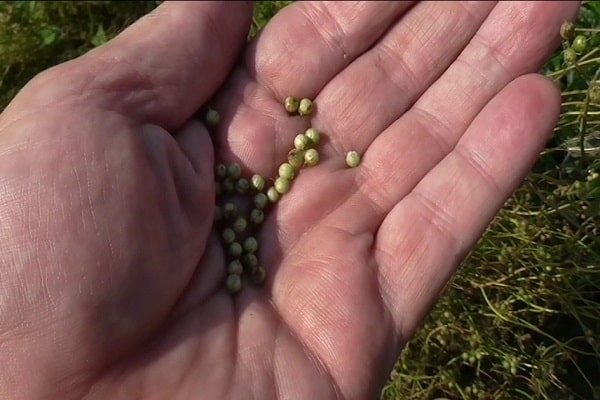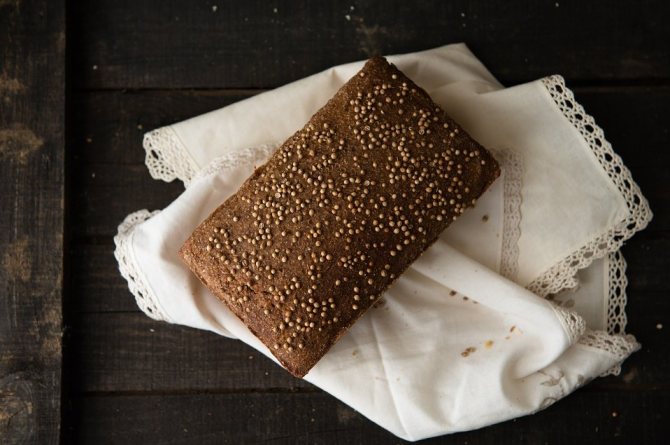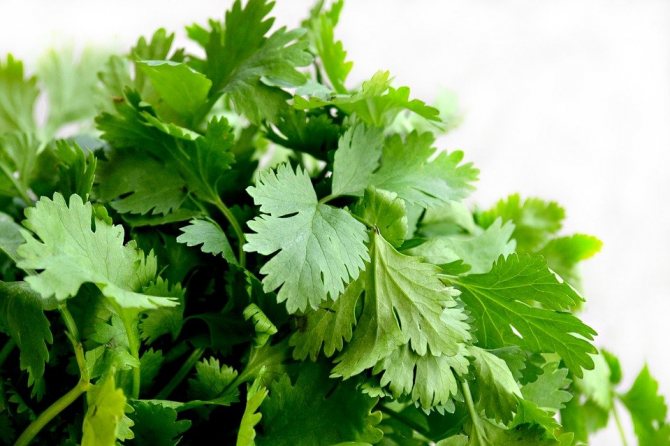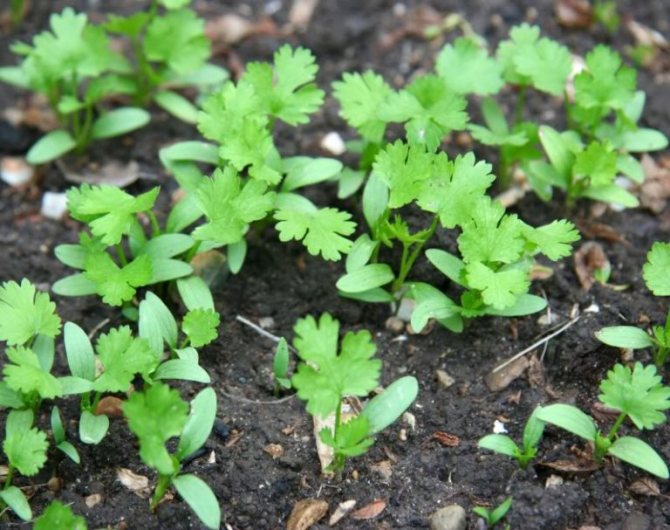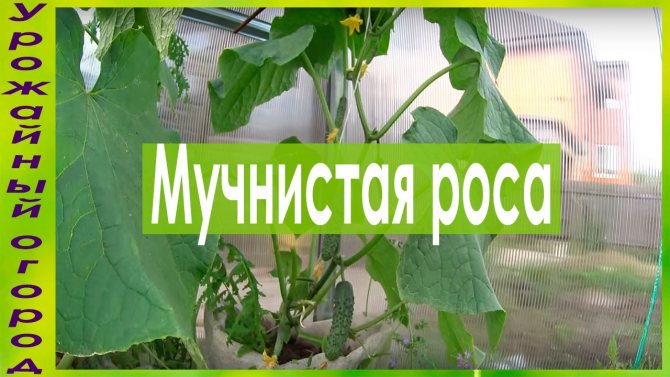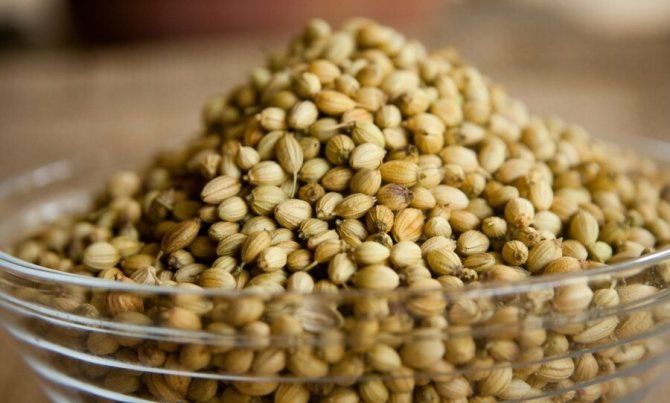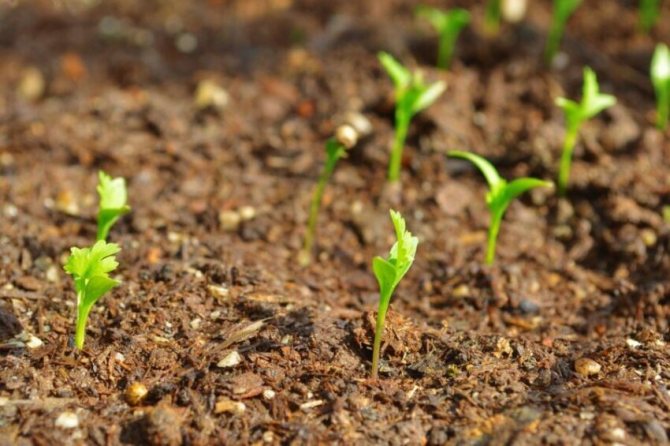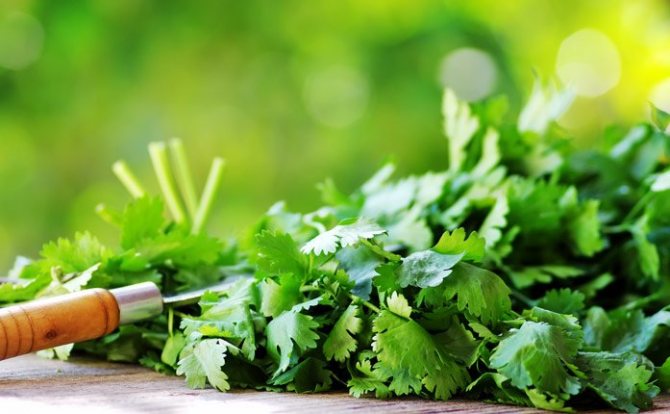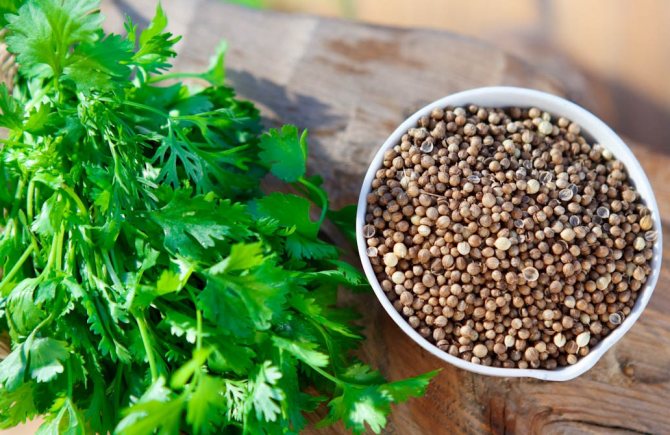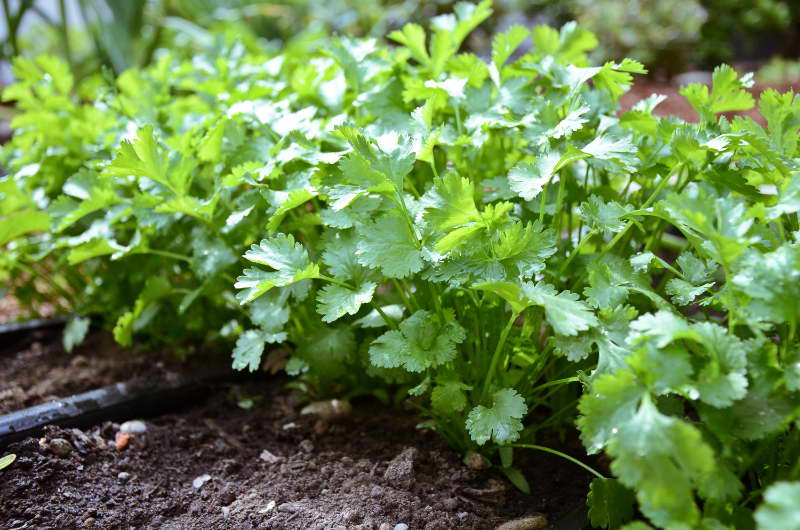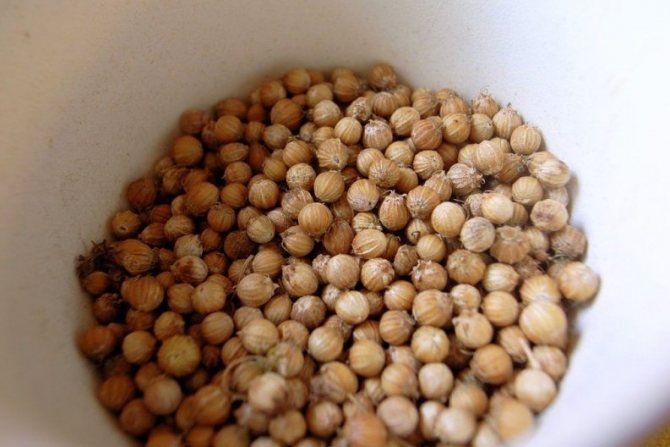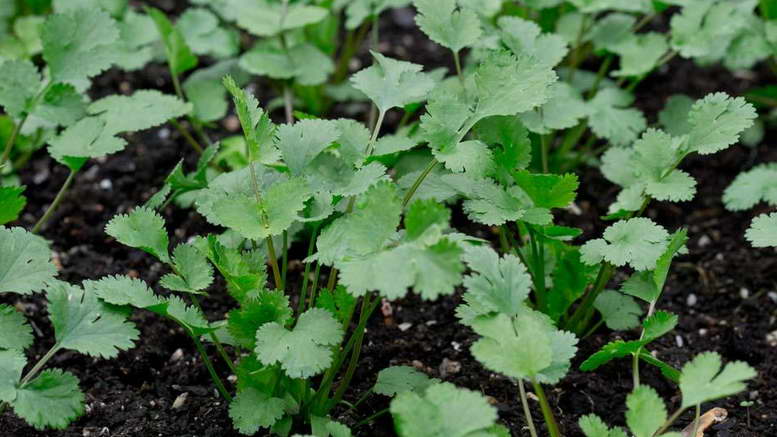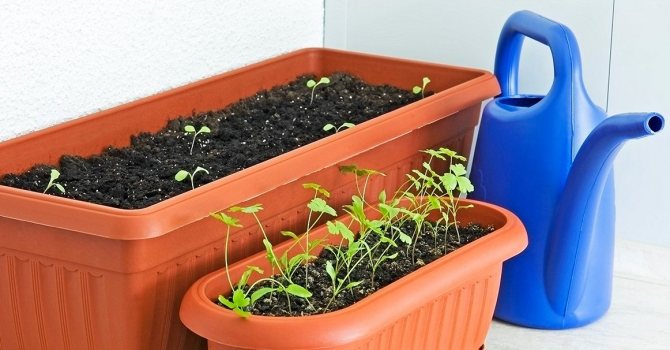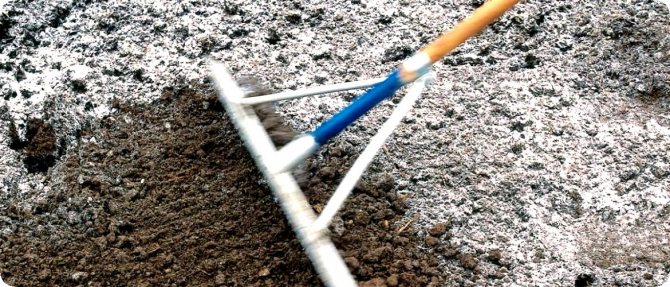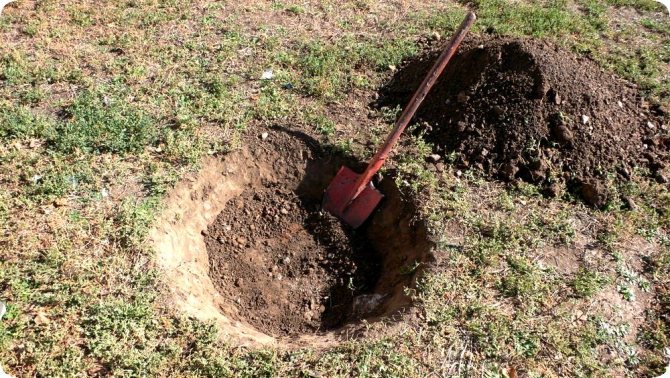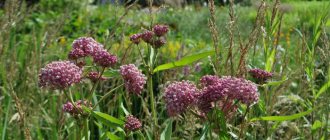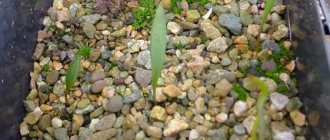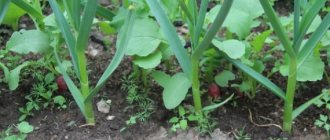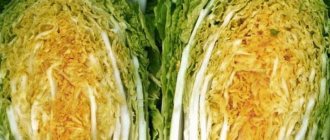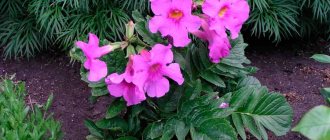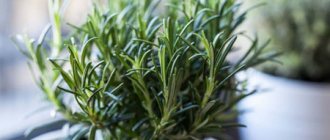
All kitchen workers know a wonderful spicy seasoning called coriander. Coriander comes from the cilantro plant. How to grow and care for her is the topic of our article. Having studied it, you can easily understand how to grow cilantro right at home, no longer spending money on buying coriander in the store.
Which variety to choose
The choice of variety depends on what exactly the grower needs: greens or seeds. Of the varieties of coriander that give a lot of seeds, Borodinsky can be distinguished (the seeds of this particular variety are used in the production of the bread of the same name), Amber, Taiga, Venus, Avangard. The same varieties can be used for growing plants for greenery. Among the varieties of cilantro that give lush foliage, one can also note Debut, Stimul, Early, King of the Market, Alekseevsky, Kirovogradsky, Oktyabrsky, etc.
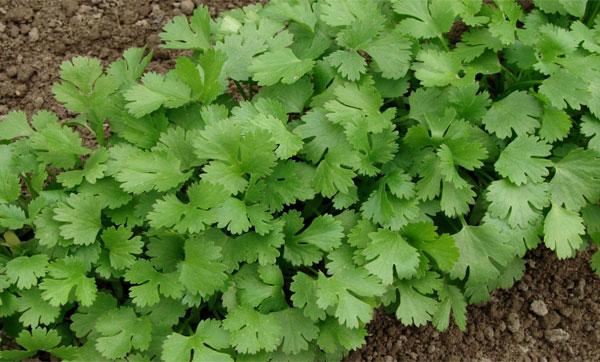

How to collect seeds
Early flowering is important if the crop is grown for seed collection. Collecting requires special care. Only fully ripe seeds have a special characteristic aroma. Unripe seeds are characterized by an unpleasant odor. The flowers form seed umbrellas. The collection takes place at the end of summer. Ripe seeds are brownish in color with a brown tint. If the seeds are freely removed from the bushes, they are ripe. Dry them thoroughly before storing.
The plant is collected in bunches and suspended. Dried seeds are separated from the husk.
Presowing seed preparation
The seeds of this plant have a short shelf life for planting. For cultivation, they are taken no older than 2 years. But as a spicy product, they are stored for a long time. It is recommended to soak the seeds in a growth-promoting solution before sowing. If there is no specialized solution or there is no desire to use such a drug, it is allowed to soak it in aloe juice.
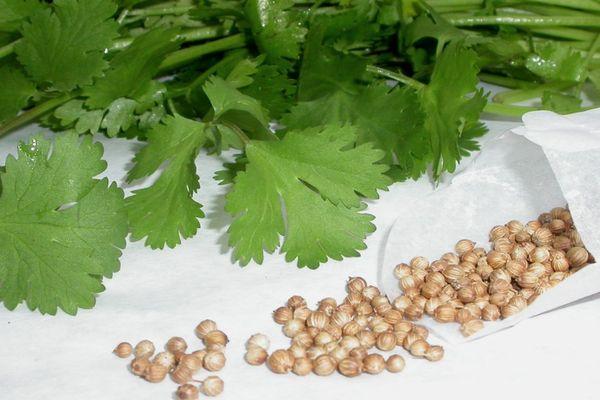

Landing time taking into account the conditions of different regions
Cilantro is a cold-resistant plant, capable of withstanding a cold snap to -5 ° С, therefore, it can be sown in open ground in early spring, as soon as the snow melts and the soil warms up to 6-8 ° С. In the middle lane, the cilantro planting dates are in April, in the south it is possible to sow earlier - in March, in the northern regions - in the 1st half of May.
It should be borne in mind that it is better to plant early than late, with late sowing, the plants will not be so lush, earlier (3 weeks after germination) the peduncles will be thrown out. Cilantro can be sown with seeds for the second time this season - in August, when the days will become shorter again, and even before winter. When sowing under winter, young greens should appear in March. It is permissible to plant coriander in greenhouses in late February - early March, while greens can be harvested at the end of April. In greenhouses, sowing with seeds can be carried out several times per season.
A little about cilantro
Like the famous spicy carrot, cilantro (coriander) has become famous thanks to Korean gardeners and chefs. In Korea, they say that weed can prolong life. And this fact has been known for more than five thousand years! It is worth listening. Moreover, growing it is not a difficult process at all, and you can grow it, both outdoors in the garden in the country, and at home.
Possessing a rather pleasant aroma, the heroine of our article is an annual plant belonging to the Umbrella.Not only seeds are fragrant, but also greens, therefore they are also used, both dried and fresh. Outwardly, cilantro is also pretty, therefore it may well serve as a simple decoration for your windowsill.
Video about the benefits of cilantro
The technology for working with cilantro divides the cultivation into two stages. Before the seeds ripen, the grass is grown for the sake of greens (actually, cilantro). And when the seeds are ripe, they focus on getting coriander.
Preparatory stage
Even before planting coriander, you need to decide on the choice of the site, prepare the beds and seeds. The development of plants and their productivity depends on whether this is done in time and how correctly.
Best predecessors
Cilantro will not grow well in all areas, it is important to pay attention to what crops have grown in this place previously. All legumes and cereals, root crops, cauliflower and early cabbage, onions, and green manure are considered good predecessors. Solanaceous, pumpkin, cruciferous, spicy and green crops are acceptable.
Cannot be planted after the umbrella: dill, parsley, fennel, watercress, carrots, celery, as well as turnips, medium and late cabbage. Onions, cucumbers, cabbage of all varieties, lettuce, root vegetables are planted next to the cilantro beds.
Site selection and soil preparation
You should choose a well-lit place in the garden for this plant, since the ripening time, the yield indicator and the concentration of essential oil in the seeds depend on this parameter. The beds should be located on a flat area or on a small hill, but not in a lowland. The soil is preferable medium in texture - loamy or sandy loam, light, neutral or slightly alkaline reaction (acidic will have to be limed).
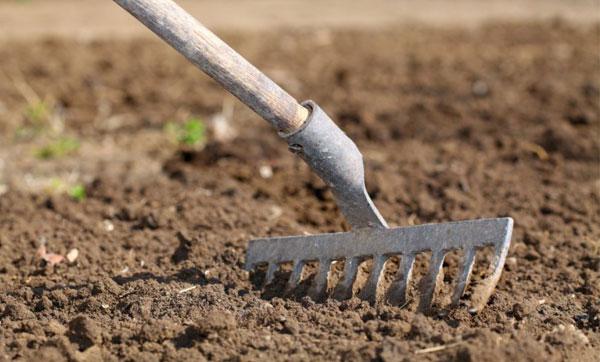

It is best to prepare the soil in the fall. First, it is cleaned of various plant debris, then it is dug onto a shovel bayonet and fertilizers are simultaneously applied (0.5 buckets per square meter and about 0.3 kg of ash). Sand is embedded in clay soil, and clay soil in sandy soil. Lumps do not break, they should freeze in winter, which will destroy pests in them. In the spring, add an additional 1 tbsp. l. urea and 30 g of superphosphate and potassium sulfate.
Recommended to read
Features of growing basil from seeds on a windowsill
Features of growing basil from seeds in the open field
Useful properties of cilantro (coriander) and contraindications
Features of growing dill on a windowsill from seeds
Seed preparation
The freshness of the seeding material of cilantro affects its germination, this is a feature of all plants of the Umbrella family: the fresher the seeds, the more friendly they germinate. Therefore, it is necessary to take coriander seeds for sowing only those that are not more than 2 years old, their germination decreases every year. You need to buy seeds only in shops for vegetable growers. Seeds sold in grocery stores are not suitable for sowing.
Another feature of cilantro seeds is that they sprout for a long time, therefore, to accelerate germination, they need to be soaked in water for 0.5 days. Soaking is optional when planting in early spring in wet soil. To make the cilantro rise faster, it is recommended to use growth stimulants or a 1 to 1 solution of aloe juice to soak the seeds.
Harvesting
So, you already understood how to grow cilantro on your site or within your home walls, and used our recommendations. It's time to harvest!
- To harvest in the form of spicy grass, you need to catch the moment when the plant is already well ripe, but flowering has not yet begun. This point is easy to recognize by paying attention to the growth of coriander on a daily basis. If growth has stopped, then it's time. Experienced gardeners have found that by this time the plant reaches about 20-22 centimeters in height.
- It is best to cut the grass in the early morning hours.
- The knife should be well sharpened so as not to damage the plant in the process.
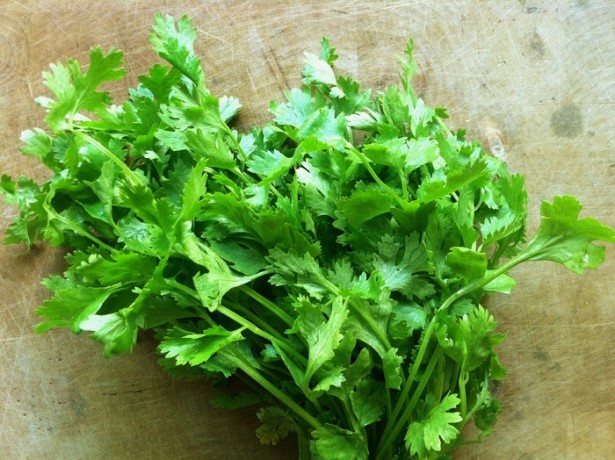

It is best to cut the grass in the early morning hours.
- After cutting, rinse the herbs with running water and dry well by hanging them in bunches on a rope in a dry and dimly lit room. Darkness is needed precisely in order to preserve all the useful properties.
- Store cilantro dry, in an airtight glass container, and cut into pieces just before cooking.
Video on how to save greens and cilantro seeds for the winter
The technology of growing cilantro for seeds at home and in the country is one of the central places, so we will focus your attention on a couple of important details. First, the collection of seeds occurs when more than half of the umbrellas have turned brown. Secondly, the collected material is carefully filtered from foreign seeds and debris of branches, dried well, and then stored in a dry sealed glass container.
Now you know exactly how easy it is to cultivate cilantro, also called coriander, at home or in the garden, and you familiarized yourself with all the intricacies of this process. Several weeks, and you no longer have to spend money to make your food tastier and healthier!
Planting: rules and seeding scheme
You can sow coriander using different schemes:
- rows with row spacing 15 cm;
- in holes with a distance between plants of 10-15 cm (2-3 seeds are placed in each).
Sowing sequence of cilantro:
- Level the soil in the area.
- Cut shallow grooves or make holes.
- Spill them over with warm water and let it soak.
- Sow coriander to a depth of 1.5-2 cm. Seed consumption - 2.5 g per 1 sq. m.
- Sprinkle it with earth.
If it is still cold during sowing of cilantro in open ground, then the beds are covered with foil. It must be removed for a while every day for airing. Seedlings appear quite late, after 2 or 3 weeks, but if this did not happen before 40 days after sowing, you will need to transplant the coriander again.
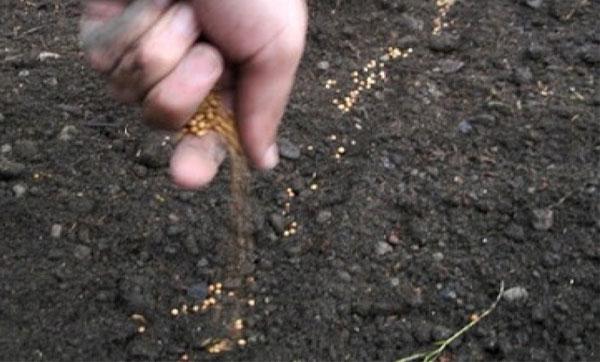

You can also plant coriander seedlings. Sowing is carried out in February. Can be sown in boxes or 100 ml cups. The substrate is universal for vegetables. The embedding depth is 1-2 cm. The container is covered with foil and placed on the windowsill. Cilantro sprouts in warmth faster than outside. In the spring, it is transplanted into a greenhouse or garden beds in the open field.
Recipes for folk remedies for common ailments
- Angina and chronic tonsillitis: chopped greens (1 tsp) + boiling water (1 tbsp.). Infused for 30 minutes. After straining, the infusion is used for rinsing.
- Colds: seeds (2 tablespoons) + boiled water (200 ml). It is consumed in the morning before meals.
- Bloating: Ground seeds (20) + Sugar (30 g). Then: coriander sugar (2 tsp) + warm water (1 tbsp). Drink two glasses a day.
- Worms: the seeds are calcined in a skillet, then crushed with a coffee grinder. The powder is taken at the tip of a knife. A 6-day course is recommended.
Ask an expert
What are the contraindications to the use of coriander as a folk remedy?
Coriander treatment has a whole list of contraindications: increased blood clotting, thrombosis, high blood pressure, exacerbation of stomach ulcers, severe CVS and kidney pathologies. Overdose leads to overexcitation and sleep disturbance. During pregnancy and breastfeeding, it is better to exclude spice from your diet altogether.
Care features
It is not difficult to care for this spicy plant; agricultural technology is similar to parsley. Coriander needs watering, loosening and feeding.
Thinning of sprouts
When the plants grow up, thinning is carried out. It is necessary so that the cilantro grows lush, with thickening it will have thin and pale green leaves. Thinning is done at the 2-leaf stage, leaving 5 cm between the plants.
Watering and loosening the soil
Irrigation during outdoor cultivation of cilantro should be regular, especially during periods of intensive green growth. Cilantro is watered 2 times a week, per 1 sq. m should account for at least 4-5 liters of water. But this is an average value, in the heat it will have to be watered more often, in cloudy cool weather - less often. If the coriander is planted on seeds, then the volume of water in the second growing season is reduced to 2 liters per sq. m. This stimulates the ejection of flower stalks and early ripening of seeds. After watering, loosening is carried out to break the earthen crust, which interferes with the passage of air to the roots.
Top dressing
All fertilizers are applied in autumn or spring even before planting. At the next sowing during the season, fertilizer is also applied before planting. Vegetable cilantro is fed once a month using complex fertilizers. They are bred according to the instructions.
Protection against diseases and pests
Cilantro grown in the country can be affected by powdery mildew and ramulariasis, this fungal disease is quite common, develops in wet weather. The fungus takes over all parts, including the fruit. With severe damage, the entire coriander plant turns brown and dries up. Control measures: seed treatment with fungicides and destruction of autumn residues.
Pests: umbrella and striped bugs, coriander seed-eater, winter scoops and wireworms. Prevention: deep digging, harvesting residues, crop rotation.
Beneficial features
Probably many will understand how useful it is after seeing its composition, but such a rich composition has a positive effect on the entire body.
If we characterize cilantro as a whole, its actions, so it has: anti-inflammatory, hemostatic, antimicrobial, antiviral, choleretic, analgesic, expectorant, antihemorrhoid, wound healing, analgesic, anthelmintic.
- It has a good effect on the male reproductive system, improving potency.
- In the case of diseases such as degenerative diseases of the lens and retina, it is very useful for such people.
- As for the gastrointestinal tract, due to the content of certain components in the leaves of cilantro, digestion improves, appetite improves significantly, food begins to be digested well, namely protein and fat. And it also actively affects the improvement of intestinal motility.
- Using it in her diet, she actively manifests itself in the mouth area, as a prevention of bleeding gums, they become stronger. Quite often it is used to cure stomatitis. They say that its healing properties can relieve toothache.
- In the presence of diabetes mellitus, its effect is noted, as a decrease in it.
- It strengthens the cardiovascular system well.
Predecessors
Any garden crop that has been organic will be a good precursor to coriander. The spice feels great after cucumbers, all types of legumes, cabbage and potatoes. The fragrant herb goes well with spicy herbs (cumin, anise), it has a good effect on the growth of vegetables (cucumbers, zucchini, cauliflower).
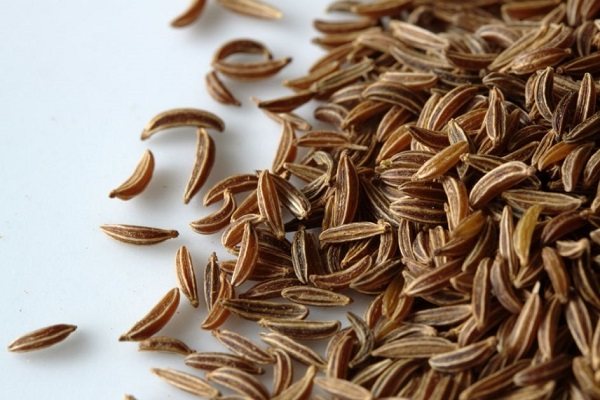

Rules for feeding coriander in the garden
When growing coriander, all fertilizers are applied before planting. When planting before winter, humus and mineral fertilizers containing potassium and phosphorus are introduced into the soil before digging. In the spring, before the emergence of shoots, the soil can be watered with a liquid solution of urea at a standard concentration of 1 tbsp. l. on the bucket. On well-fertilized soil, coriander grows without additional fertilizing.
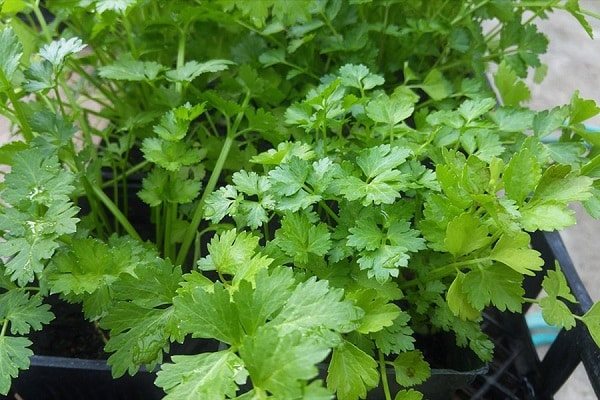

Presowing seed preparation
For planting, ripe seeds are used that have not expired. Germination is maintained for 2 years. Sowing is carried out with dry seeds, they do not require additional treatments. All pre-sowing treatment is reduced to visual inspection and rejection of unripe seeds, they are easy to distinguish by smell, it resembles the smell of bedbugs.
